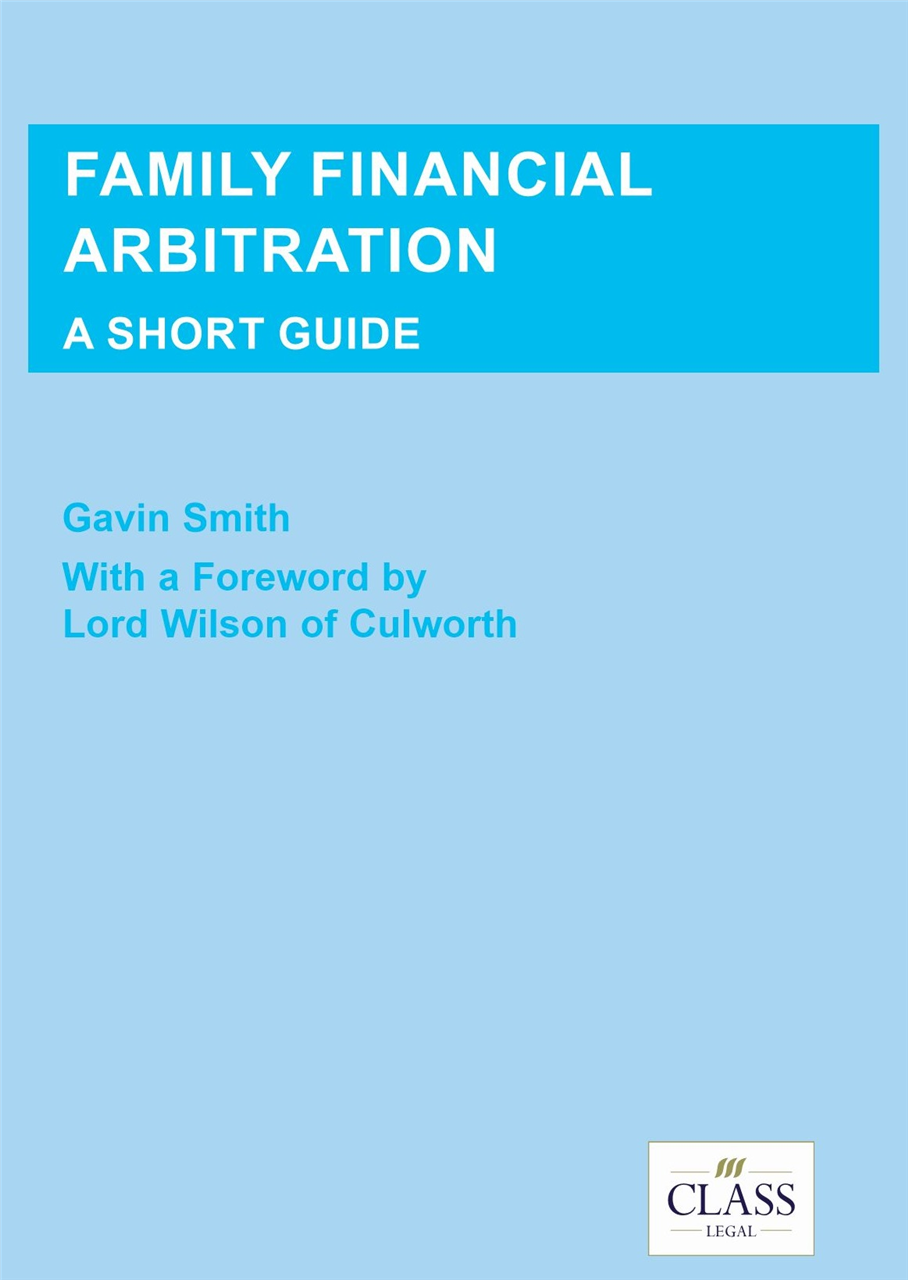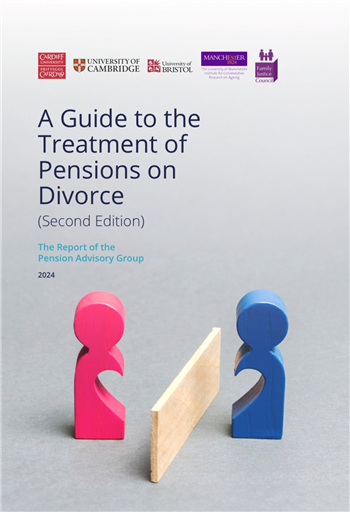
A Review – Family Financial Arbitration: A Short Guide
Published: 17/10/2022 14:29

Alternative Dispute Resolution has, in most but not all cases, staunch support from the judiciary, as well as from many practitioners. The reasons for such support are obvious. In his John Cornwell Lecture at the Family Mediation Association Conference in September 2022, the President of the Family Division said, in relation to mediation, that it is but one part, albeit an important one, in a ‘patchwork’ of resources that should be available to support separating parents, spouses and partners to resolve disputes.
What if the parties are not able to settle their disputes without an adjudication or determination? The options are a little more limited, but the ‘patchwork’ does offer a solution (for some cases): Arbitration.
We are all aware that arbitration has fairly strong support from the judiciary. S v S [2014] EWHC 7 (Fam), The Road Ahead and Haley v Haley [2020] EWCA Civ 1369 all spring to mind. And perhaps there is, or should be, a rise in the take up of arbitration in the age of somewhat longer delays between a court application being issued and (absent settlement beforehand) adjudication at a final hearing.
So, are you equipped to be able to inform and advise your clients in relation to arbitration as an option to resolve their dispute? As family lawyers, we need to be. It is important, probably crucial, for us to be armed with sufficient knowledge about the process and how it works, an ability to impart that knowledge to clients and an ability to offer suitable advice. So where do we turn? One answer is the new ‘Family Financial Arbitration: A Short Guide’ authored by Gavin Smith.
I am grateful to have received a copy of the neat little guide (available in hard print and in e-version) to review for the Financial Remedies Blog. I’m sadly unlikely to be able (and won’t even attempt to try) to ‘top’ the insightful Foreword to the guide offered by Lord Wilson, former Justice of Supreme Court, who shares his initial view of sadness at the growth of arbitration. Lord Wilson poses the question: had the service offered to litigants in the overstretched family courts become so poor that they have been driven to choose alternative forms of dispute resolution? Later, however, comes a confession that this instinctive reaction was misplaced. Lord Wilson, much like the President at the recent FMA Conference, moves on to note that family mediation, private family dispute resolution meetings and family arbitration are not rivals to family litigation, but that they now complement it. In the words of Lord Wilson ‘party choice is all’.
So, to the guide. Within its 31 pages the reader will find all the ‘key stuff’ relating to Family Finance Arbitration including:
- the IFLA scheme and its scope
- the application for financial arbitration
- the choice and appointment of the arbitrator
- commencement of the arbitration
- the procedure
- the hearing
- the award
- implementation of the award
- challenge to awards
To have the above topics set out in easily accessible, straight forward language is a real benefit to readers. There is also plenty of reference to the leading cases – A v A, Haley, S v S – without lengthy, turgid and unnecessary ‘over’ analysis.
What this guide also offers is a ‘run down’ of the headline benefits and drawbacks of arbitration. So as to not spoil this section of the guide, and to give readers something to look forward to, I won’t regurgitate those benefits/drawbacks here, save to note that there are several significant pluses (and in Gavin’s view one identified drawback) to arbitration which are explored within the covers, not least: party input, versatility of process, and privacy and confidentiality. The latter is, as we well know, a bit of a hot topic in the Family Court and Family Division at present – for more on this see our recent blog posts. This section of the guide provides a sounds basis for weighing the pros and cons of arbitration for those who are either unfamiliar with arbitration, or those who are familiar but who are on the lookout for a succinct summary to utilise and build upon in discussion with clients.
As with avoiding a deep scrutiny of the relevant case law, what the guide does not do is conduct a detailed analysis, for example, of each section of the Arbitration Act 1996. Instead it helpfully signposts to the relevant sections at appropriate junctures throughout. That is a real plus and obviously fits with aim of the text. For readers who want a more in depth text, there are others on the market.
Overall, the guide really is a handy text to get your hands on to help you grapple with the basics of arbitration and to be able to assist you to, and to assist advise your clients. Arbitration appears here to stay. For better or worse. In my view, for the better. We need to be able to tackle it and weave it into our advice and practices in appropriate cases – even if the ultimate conclusion is that arbitration is not the right piece of patchwork for that particular case. This guide will doubtless assist you in making such an assessment and imparting appropriate advice.
Enjoy.









